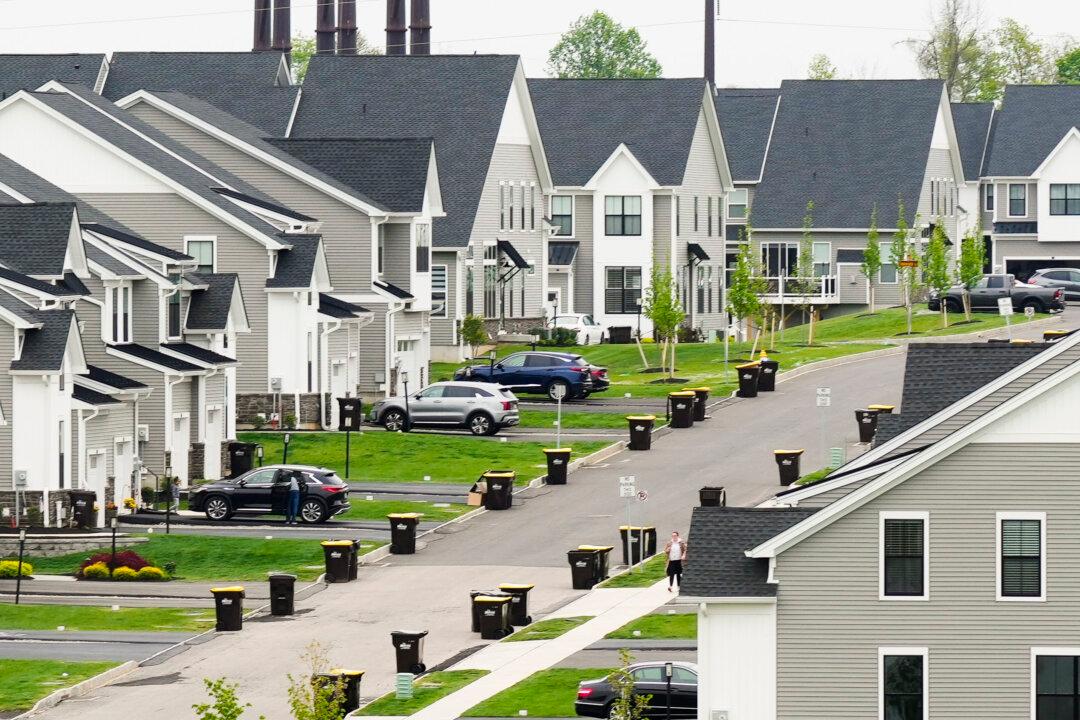More homebuyers applied for mortgage loans to purchase homes following a dip in interest rates, according to the Mortgage Bankers Association (MBA).
Overall mortgage loan application volume, including applications for buying homes and refinancing, rose by 6.3 percent for the week ending Nov. 22 from the previous week, according to a Nov. 27 statement from MBA. The jump is the highest increase since late September. Applications to purchase a home saw a 12 percent jump.





